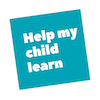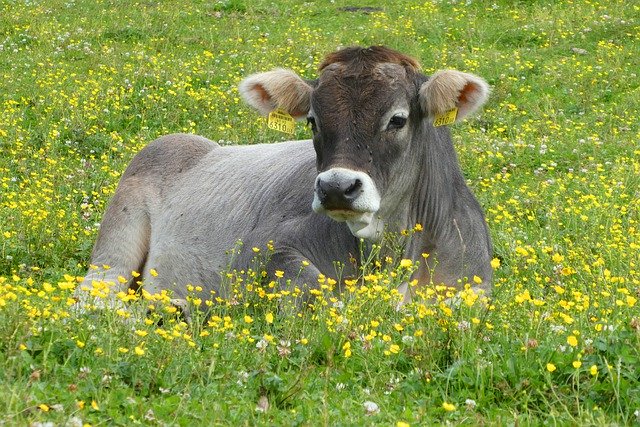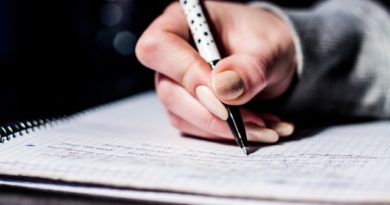The Power of Deep Touch Pressure: Relaxing and Calming
Probably the highest profile person who talks about the power of deep touch pressure is Dr. Temple Grandin. Dr. Grandin writes about her childhood with autism, and how deep pressure helped her overcome her oversensitivity to touch. She reports that when she was a child, she had 9 of the 15 symptoms described in the Ayres Checklist for Tactile Defensiveness. When Grandin was 18, she fashioned a squeeze machine, which she used for 15 minutes a day to help calm her anxiety and panic attacks.
Dr. Grandin has gone on to study the effects of deep pressure on college students, ADHD students, and to design machines to lower anxiety in animals.
And the world has gone on to realize that deep pressure is great for calming all sorts of people.
Parents have known about deep pressure for years. From piling couch cushions on top of their child (and lying on top of them), to wrapping their child tightly in towels, parents have watched their children relax with deep pressure. Occupational therapists use deep pressure to help children develop proprioception, and children with ADHD often find it very calming.
Today, you can simply purchase products that will give you deep pressure stimulation at home. Here are some of our favorites.
Sensory Stockings
Children love sensory stockings. Zip up, and then push against the pressure! Sensory stockings improve self-calming, balance, and help to increase body and spatial awareness. Here’s one for 6 to 9 year olds.
Compression Sheets
Compression sheets give children deep pressure stimulation, hugging a child until they can relax.
Weighted Blankets
Many children and adults use compression blankets. A compression blanket provides pressure and proprioceptive input, which help children with ADHD or sensory processing challenges to relax.
Although any heavy blanket can help, some parents purchase weighted blankets made specifically to provide pressure. These blankets are typically up to seven layers, with glass beads or weights inside the blanket layers to provide distributed weight. Rule of thumb is that a pressure blanket should weigh 10% of a child’s weight, with up to 1 or 2 pounds more.
Do NOT use a pressure blanket on a child younger than 3 years old, or on a child who cannot remove the blanket by themselves.
We have two favorite weighted blankets.
The Restwave blanket is a pretty color and good weight. The cover is made out of a breathable natural cotton, and it has a cute little dinosaur pattern. The Restwave blanket comes in two sizes
You need to purchase the Restwave duvet cover separately. Half of it is made from smooth bamboo, which stays cool, even in summer (letting your child use the duvet even in warmer weather), and the other half is covered with a “minky” cover, which is a soft polyester fleece with little nubbins on it.
The YnM blanket comes in all different colors and designs, also in cotton. It’s 7 lbs, made for a child of about 60 lbs.
The YnM blankets come with a polyester minky duvet cover which is sleek on one side and nubby on the other.
For both of these blankets, each duvet cover has multiple strings on the inside so that you can anchor the sides of the blanket and it doesn’t move around during the night. The minky-style (more expensive) duvet cover is probably better than a regular cotton duvet cover.
Peapod Compression
The inflatable peapod lets children slip into the pod and then rock, tot more pressure.
OrbisBox Compression Machine
The Orbisbox costs $35,000, so it’s out of the reach of almost anybody. Furthermore, we don’t refer to people as being “an autistic,” so we winced when we found this article. But it’s got the best pictures of the OrbisBox. The OrbixBox was designed by a company in Denmark. Here it is.










Pingback: 4 Types of Compression Clothing that can Calm Your Child - Help My Child Learn